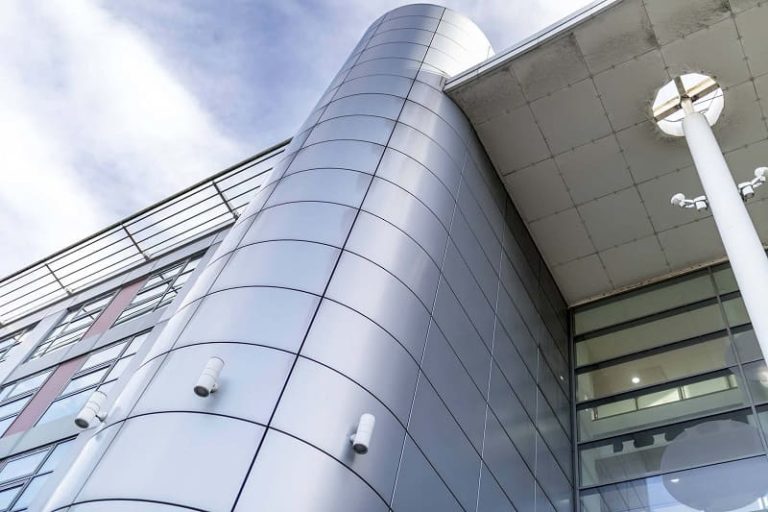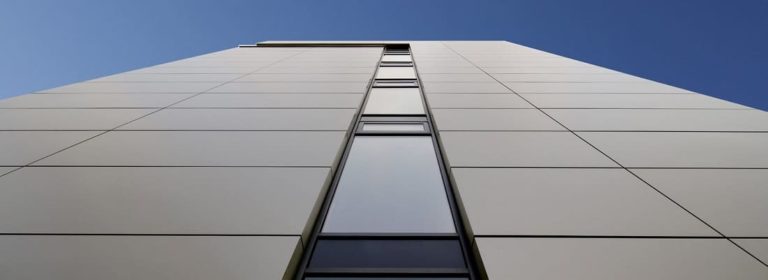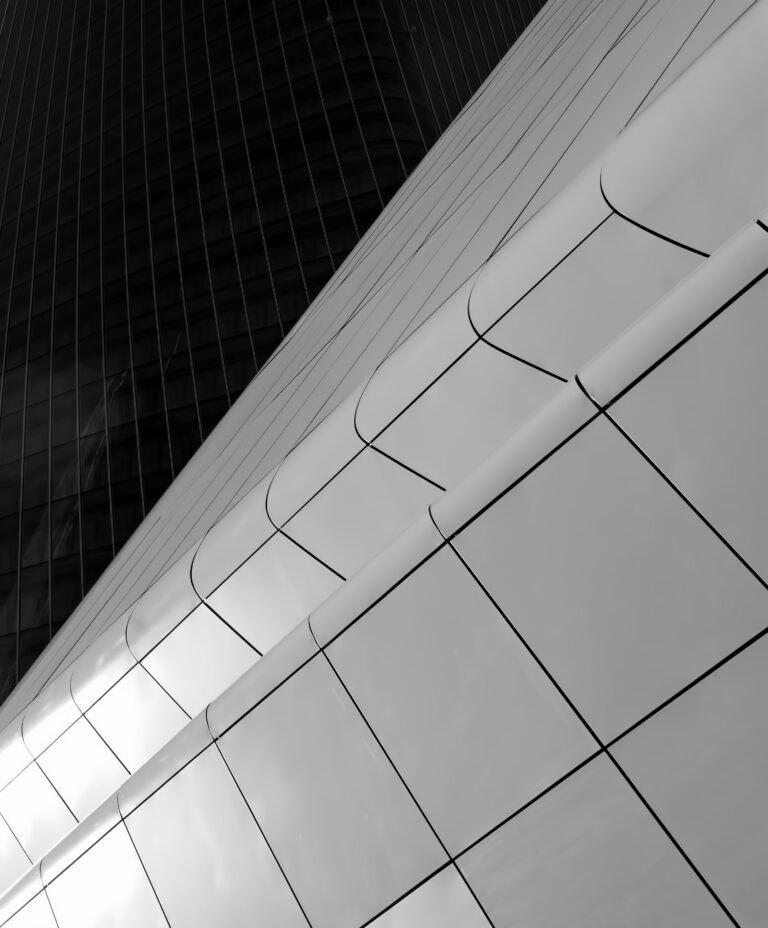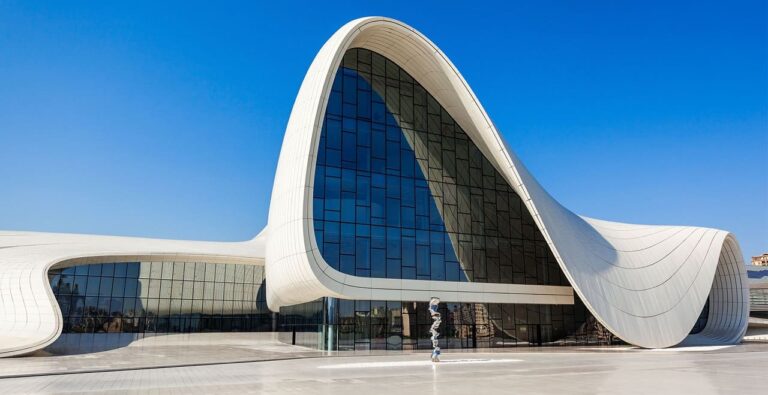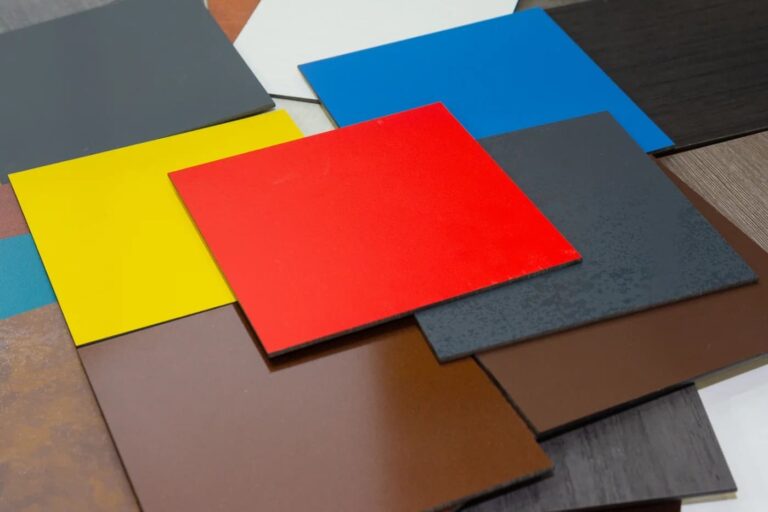The history of aluminum composite panels or ACPs is quite fascinating. From being developed only to fulfil the special requirements of specific industries. Its light weight, high strength, and good looking finish was ideal for signages and other decorative applications.
Over the years, aluminium composite panels has made its way to other architectural applications. For more than three decades, it has steadily become the façade and cladding material of choice for buildings and other infrastructures.
Aluminium Composite Panel Cladding: What Is It?
ACP is made up two thin aluminum sheets that are bonded to a core material made of thermoplastic resins, thermoplastic resins with mineral, or mineral core. The sheets vary in thickness and surface coating.
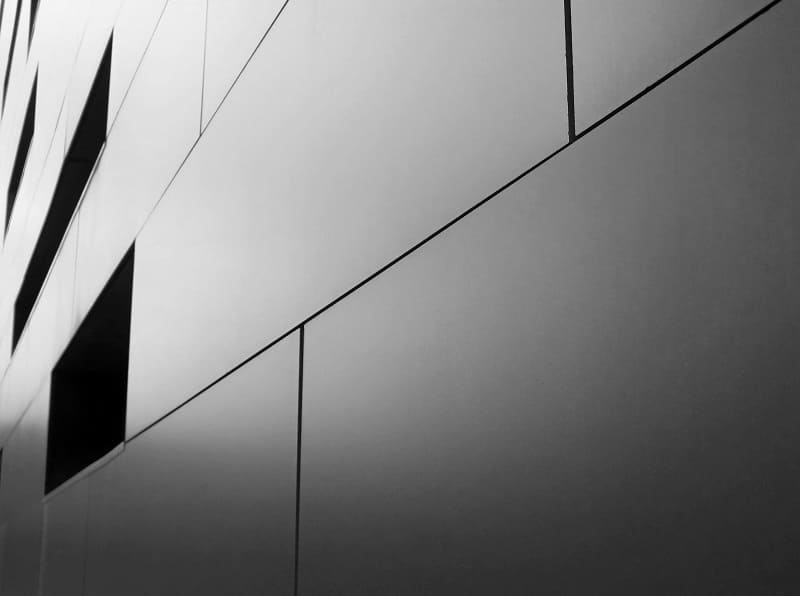
The panel was originally developed for signage but it quickly became a popular choice for façade construction because of its characteristics which include:
- Lightweight – ideal ratio of strength and weight
- Adaptability and flexibility – has the transformation capacity that is ideal for curves, corners, and unusually shaped facades (through punching and die-cutting, roller bending, 3d forming, edging, stamping and engraving, milling, etc.)
- Durability – can withstand inclement weather.
- Versatility – can have many different finishes, can be adapted to any color, can imitate wood, concrete and other texture effects; offering a multitude of design opportunities
- Low maintenance – easy to maintain and clean because of its resistance to rot, rust, and corrosion
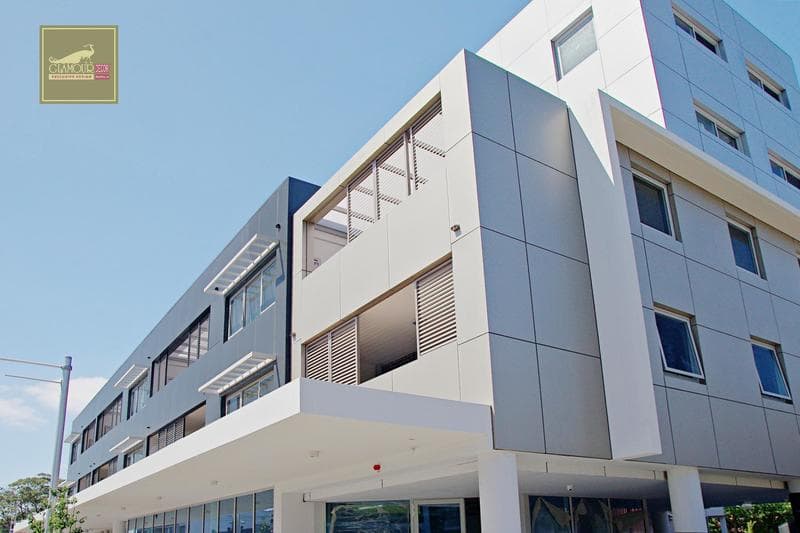
History of Aluminum Composite Panels
Here is a brief history of aluminum composite panels from its development to its current status today as one of construction and architecture’s most important building materials.
- Design and Development – In the 1960s, Swiss Aluminium researchers played with the idea of combining alloy sheets made of aluminum with other materials. The result was the aluminium composite panels. They were developed for signages and other decorative applications.
- Architectural Integration – It was not until the 1980s when the properties of ACPs were discovered to be ideal for construction and architectural projects. Since then, the use of ACPs in commercial and residential buildings rose steadily.
- Brands and Composition – ACPs were first branded as Alucobond®. Many construction companies eventually began manufacturing their own ACPs. This resulted in the different brand names such as Reynobond, Alpolic, Etalbond, and many others. The brand names might be different but the composition of the ACPs did not significantly change until its flammable core material exacerbated the fire of some high-rise buildings. This led to the development of flame-retardant and non-combustible core materials.
- Further Development – To make ACPs fit various applications, they have been developed with different types of coatings such as polyester (PE), fluorocarbon (PVDF), FEVE resin, etc.
- Evolution of Application – What started out as a material for signages has become a major architectural building material. It is now being used in a wide variety of projects including:
- external building cladding and renovations
- internal partitions and wall coverings
- container construction
- curved fascias
- trade show structures
- machine coverings, and many others.
The history of aluminum composite panels is a fascinating tale of how a simple material has evolved into becoming one of the most used and trusted building materials for architectural projects.



